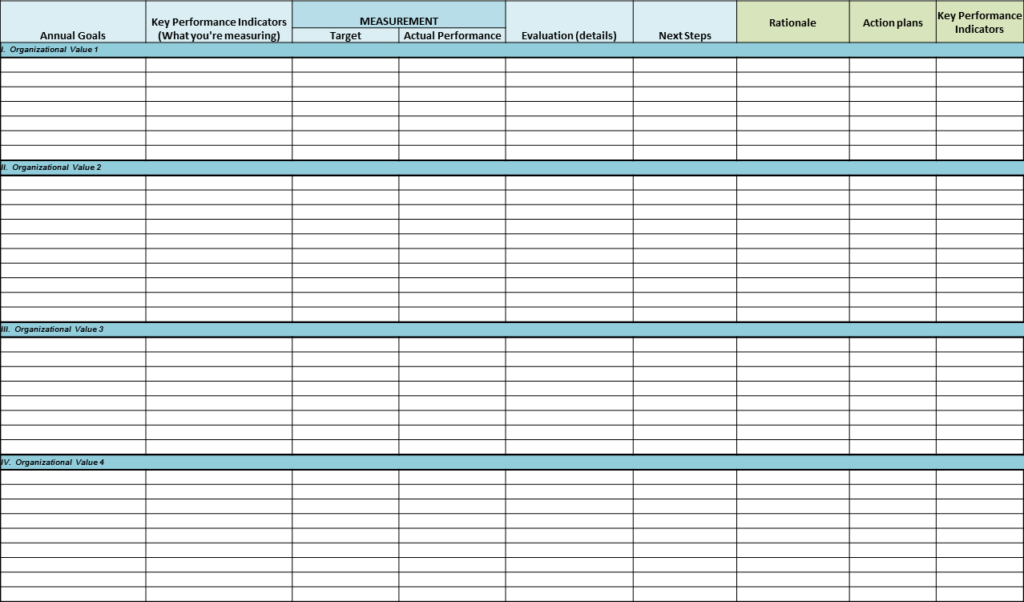This toolkit originates from the Health Sciences Information Consortium and is in the process of being adapted and updated by the CHLA/ABSC Standards Standing Committee.
Reporting can take on many different forms but it really is essential in the business world. In health libraries, we may not always see ourselves as a business, but we are in fact, like any other department in our larger organization. We should be reporting our activities, finances, goals, successes and failures all of which should be framed always by the mission and goals of our parent institutions. This section offers a few resources and tools covering formal reporting, informal reporting and fiscal reporting. There are many additional forms of reporting that aren’t covered here. What’s most important is that libraries need to be accountable and partake in whatever standard reporting is happening at their organizations, but also perhaps be proactive about their reporting where it might be considered a ‘value add’.
Reporting is essential to being seen as part of the team in your larger organization. Be proactive when you can – if you’ve been asked to forego a formal annual report, consider an annual infographic instead to communicate your value. Make sure to tie your reporting back to your organization’s mission and values.
Examples
A formal report can be many different things including a more common, annual report, a quality report, a fiscal report. It usually comes complete with an executive summary, various standardized headings or sections, often the same format followed by other departments in your organization and can come complete with tables, diagrams, charts and various appendices. It is usually a report of the previous year’s activities or goals, that have been , in one form or another, measured. Below is an example of a spreadsheet that can be used to outline what goals and activities are being highlighted by your department, how they will be measured and a brief analysis of these results.

Informal reporting can take many forms, from a simple regularly scheduled meeting, email, document submission to one’s direct supervisor to an section in the corporate newsletter, or even an infographic!
A budget report can be a simple excel spreadsheet or could include more in-depth explanations as well as some cost breakdowns. In this example you’ll see a quick spreadsheet calculating Usage & Cost Per Use. Not only do these reports help you assess what you should be purchasing, renewing etc. but they often reflect the sort of hard calculations our administrators are looking for from any of their departments.

Resources
